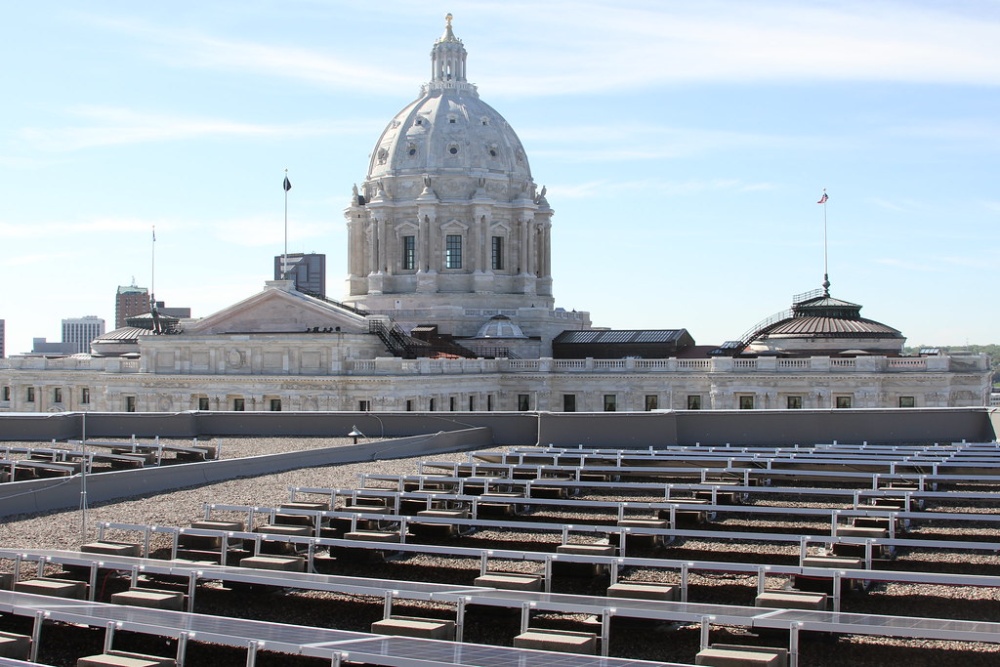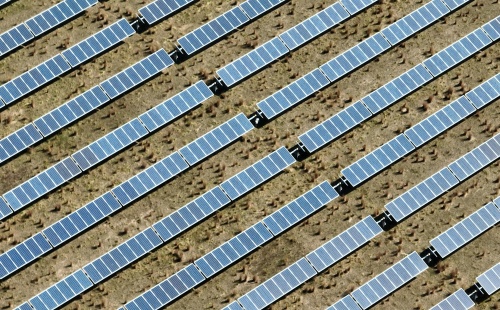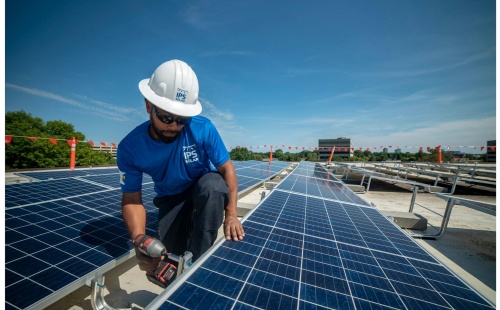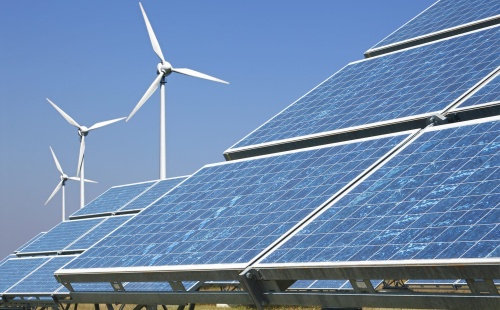Conference Committee negotiations are underway at the Minnesota Legislature, and the future of our state’s solar + storage industry is on the line.
HF 2442, the Energy Omnibus Bill, would:
- Sunset Minnesota’s Community Solar Garden program in 2030
- Put net metering protections for homeowners and businesses at risk
These programs are foundational to Minnesota’s clean energy leadership. We need your voice now to help protect solar access, local jobs, and energy independence. View the latest Conference Committee Activity here.

Take Action: Call Conference Committee Members & Minnesota Legislative Leaders
Lawmakers need to hear from people directly impacted by these policies. Just one call or email can make a difference.
Use the phone numbers below to reach key members of the Conference Committee and legislative leadership. You do not need to be their constituent, especially if your business operates in their district.
Phone Call Script:
Hi, my name is [First and Last Name], and I’m a [installer/business owner/engineer/etc.] working in Minnesota’s solar industry at [Company Name].
I’m calling to encourage you to keep harmful changes to Minnesota’s vital solar programs out of the Energy Omnibus Bill (HF 2442). Protecting Minnesotans’ rights to go solar supports Minnesota families, farmers, and small businesses who depend on the ability to choose from energy options that work for them and that offer fair compensation for the energy they produce.
Specifically, I’m urging you to:
- Prevent changes to Minnesota’s net metering policy; and
- Remove the provision that sunsets Minnesota’s Community Solar Garden (CSG) program in 2030.
Net Metering
Minnesota was the first state in the nation to pass net metering enabling legislation. This vital tool has led to over 25,000 Minnesotans securing long-term certainty on their monthly electric utility bills. Net metering offers a market rate, fair compensation to Minnesotans who invest in their own energy infrastructure that benefits everyone through a stronger, more resilient grid. Rather than paying out-of-state companies for power generation and investing billions in interstate transmission lines, utilities should be empowering their customers to participate in clean energy development.
Community Solar
Community solar has been a cornerstone of Minnesota’s clean energy success. Since launching in 2013, the program has:
- Delivered $1.67 billion in economic benefits to the state
- Supported over 800 MW of clean energy on the grid
Served more than 34,000 residential and commercial subscribers - Delivered at least $139 million in net savings to low-to-moderate-income (LMI) subscribers
Now is not the time to scale back a nationally recognized, successful program. With so much uncertainty at the federal level, Minnesota must lead by doubling down on what works.
Minnesota has installed almost 3 Gigawatts of solar across the state. It’s our small-scale, locally generated systems, like community solar gardens and rooftop arrays, that deliver the most direct benefits to families, farmers, and small businesses. These systems produce energy where it’s used, strengthen the grid, reduce infrastructure costs, and keep energy dollars in our communities. Pulling back now would stall progress, threaten jobs, and limit access to clean energy for the Minnesotans who need it most.
Please protect Minnesota’s energy future. Prevent changes to Minnesota’s net metering policy and do not sunset the Community Solar Garden program.
Thank you,
[Your Name]
Omnibus Bill and Conference Committee FAQ
- An Omnibus Bill is simply a package of budget measures and policy changes
on the same topic.
- Omnibus Bills are the same as regular bills in the sense that they are formal
proposals to change laws that are voted on by lawmakers.
- These bills originated as a way to structurally bundle similar bills into one
spot.
- More often now, Omnibus Bills package countless bills and can be very
complicated. This is why we saw a few of MnSEIA’s smaller bills heard in
committees and then “laid over for possible inclusion” in this large Omnibus
Bill instead of passing separately.
- Instead of trying to get dozens of bills passed, lawmakers can focus their
energies on getting one giant bill over the finish line.
- The legislative process requires that both the House and Senate agree to
identical bill language for their respective bills to pass. When the House and
Senate versions of the same bill differ, those differences must be resolved.
That is why a temporary Conference Committee is established.
- Conference committee members are selected by the majority leadership of
both chambers. Typically, 3-5 members of the House and Senate are
included.
- The committee's goal is to produce a conference report (a negotiated version of the bill) to be approved by both the House and Senate. One important note is that once the conference report is established, it cannot be amended.


